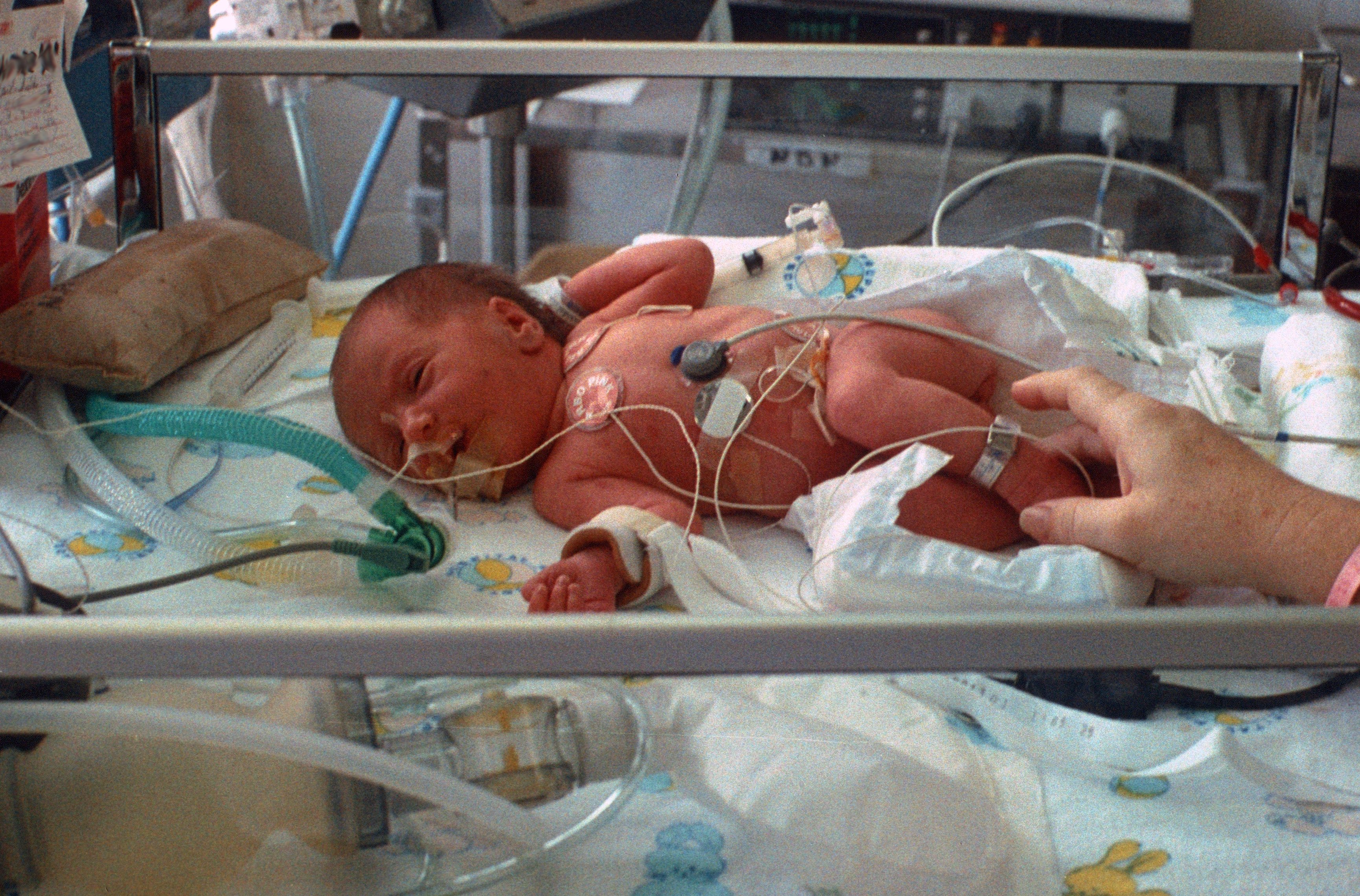
Suctioning can be life-saving in neonates, particularly those born prematurely and those struggling with the transition from fetus to neonate. Like any medical intervention, it also presents some risks, especially if performed absent medical indication or hastily and thoughtlessly. Identifying the most common neonatal suction catheter complications can help you reduce patient risk, improving care outcomes and potentially saving lives.
Evidence-Based Suctioning Recommendations
Though providers once routinely bulb-suctioned all newborns at birth, it’s now recommended to avoid this intervention for babies born through clear amniotic fluid with no breathing difficulties. Even routine endotracheal suctioning of intubated and ventilated newborns may be unwise. Healthcare providers should only suction newborns when they show clear indications for the procedure rather than as a routine part of daily practice.
Common Suctioning Complications
The most common suctioning complications include:
- Hypoxia
- Bradycardia and arrhythmias
- Airway trauma, which may increase the risk of infection
- Higher blood flow in the cerebrum and increased intracranial pressure
- Pneumothorax or lung perforation
- Atelectasis (lung collapse)
Suctioning can also be stressful to the baby and their parents. When a baby is sick or premature, routine suctioning and the risks it entails may increase the overall stress a family experiences.
Reducing the Risks of Suctioning
Many of the same precautions taken with adults can decrease the risk of suctioning in babies. Those include:
- Minimizing suctioning time. Suctioning a baby for too long greatly increases the likelihood of hypoxia.
- Monitoring the baby’s vital signs. Log all data in the infant’s log, and take the baby’s vitals and oxygen saturation levels before and after suctioning.
- Treating suctioning as a two-person procedure. One person performs the suctioning while the other physically supports and reassures the baby while monitoring the baby’s condition.
- Delaying suctioning until at least eight hours after the administration of a surfactant.
- Preoxygenating the baby prior to suctioning and reoxygenating the baby again after suctioning.
Some additional precautions can reduce the unique risks neonates face:
- Use the smallest possible catheter. Neonates have smaller, more fragile, and more difficult airways than adults. The suction catheter should be half the diameter of the endotracheal tube (ETT).
- Going slowly so you can see the airway. Small injuries can be catastrophic for neonates.
- Practicing diligent, aggressive hygiene. Neonates, particularly those born prematurely, have weaker immune systems. The flu, respiratory syncytial virus, and even the common cold can cause serious complications.
- Communicating openly and compassionately with parents. All parents worry about their children, but this worry can be especially acute with parents of neonates, especially those born prematurely. Tell the parents what you are doing, why you are doing it, and what they can do to help keep their baby safe.

Choose the Right Equipment
The proper equipment is critical to the safety of any patient, but even more important when you’re working with a vulnerable neonate. Though wall suctioning is a mainstay of any hospital’s emergency plan, not all emergencies happen in the hospital, or in an area with ready access to a wall-mounted unit.
You can offer better care, without the need to move or transport a fragile neonate, with emergency portable suction. The right portable suction device delivers consistent suctioning that you can adjust to meet the needs of your patients. It also works with even the smallest catheters, ensuring that you can tend to infants and newborns.
For help selecting the right machine for your agency, download our free e-book, The Ultimate Guide to Purchasing a Portable Emergency Suction Device.
Editor's Note: This blog was originally published in July 2020. It has been re-published with additional up to date content.















